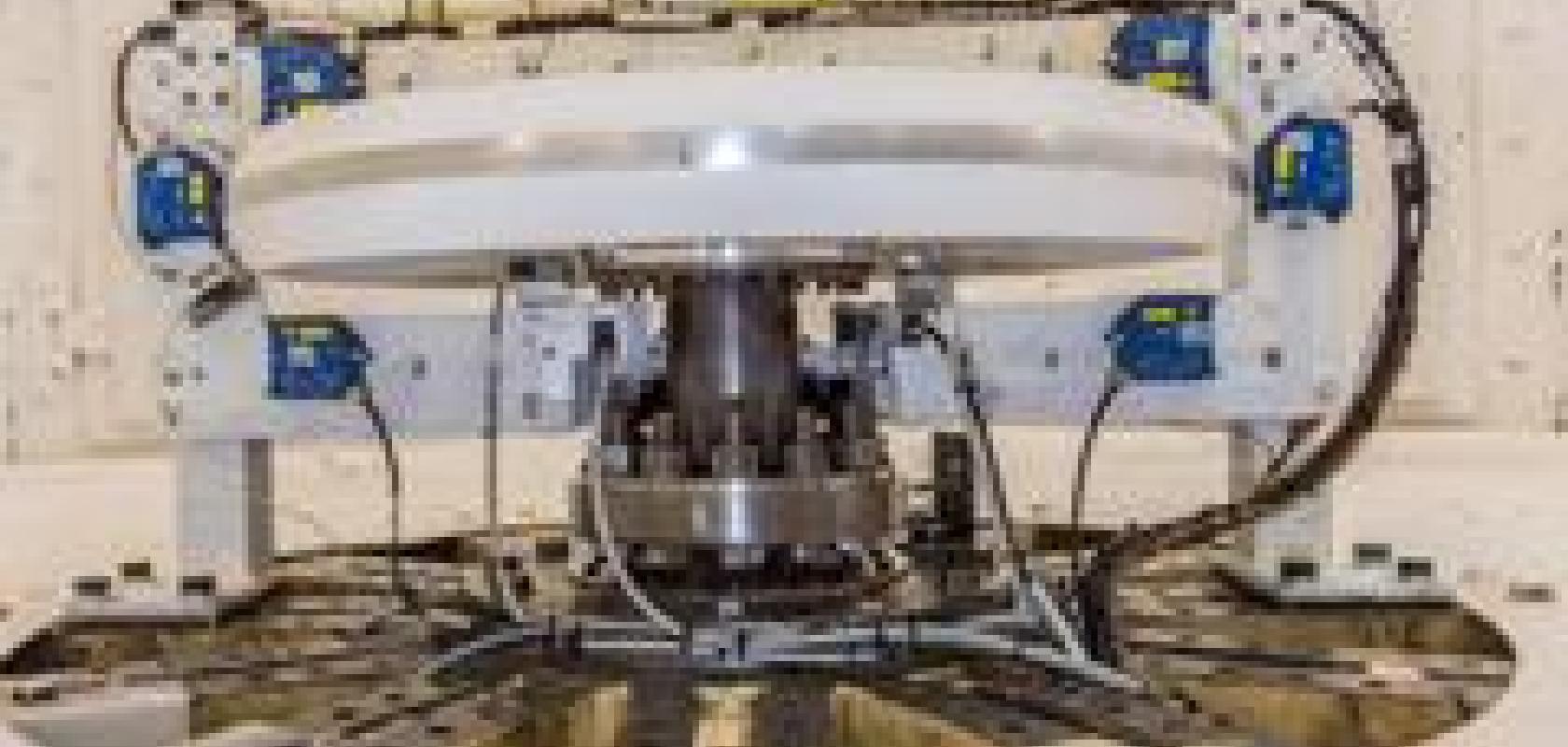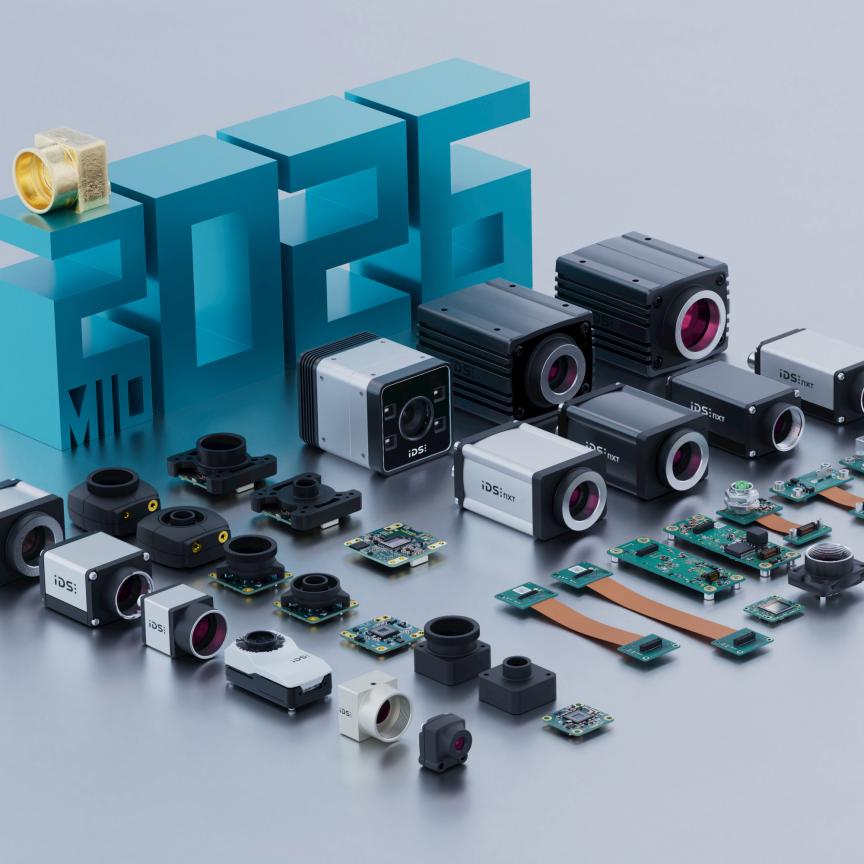Engineers at the Rolls-Royce test facility in Derby, UK have used thermal imaging to test the wheels of the 1,000mph land speed record car, the Bloodhound SSC project. The wheels were rotated at 10,500 rpm, the highest ever revolutions per minute recorded on the Rolls-Royce test rig.
The Bloodhound 1,000mph land speed record attempt is scheduled to take place in 2016. A number of imaging systems are being provided for the project, including cameras from Stemmer Imaging, both for testing and integration onboard the car. Micro-Epsilon UK provided the non-contact laser displacement sensors and an infrared thermal imaging camera for the wheel spin test at Rolls-Royce.
The objective of the wheel spin test was to verify that the expansion, temperature increase due to air friction, and vibration of the wheel were within expected, safe limits and whether these test results would match the Bloodhound team’s own predictions using computer simulation and FEA software.
For the wheel spin test, Micro-Epsilon UK supplied a total of 15 laser displacement sensors from its OptoNCDT series, as well as a ThermoImager TIM 450 compact, high resolution infrared imaging camera.
The infrared camera was used to monitor the temperature of the wheel during the spin test. In addition, nine laser displacement sensors with a measuring range of 10mm were set up on the test rig to measure the radial and axial run out of the aerospace-grade aluminium wheel as it rotated.
The wheel was successfully spun to 10,429 rpm. Test results were similar to the predictions that the Bloodhound engineers had calculated using computer simulation software. The expansion of the wheel’s 902.6mm diameter by 1.6mm was as expected. So too was the ‘dishing’ of the wheel caused by a variation in expansion rates between the aluminium material of the wheel and the steel hub. According to the Bloodhound team, the empirical data collected during the test will now be used to fine-tune the computer simulations, delivering a more optimum wheel design.
Joe Holdsworth, systems engineer at Bloodhound, stated: ‘Simulation and modelling are great, but at some point you have to test what happens in the real world. With such small changes in wheel dimensions and the expense of testing time, it was vital to choose sensors that could deliver the accuracy needed – and the sensors we used delivered just that.’
The ThermoImager TIM 450 inline infrared camera is able to capture and store thermal video and images with high optical resolution (382 x 288 pixels) at a full frame rate of 80Hz. The camera is also equipped with a detector that provides thermal sensitivities of 40mK. This enables the camera to detect small changes in temperature.
Glenn Wedgbrow, sales manager at Micro-Epsilon UK, commented: ‘The ThermoImager TIM 450 camera was chosen for this task mainly because of its high resolution and its compact design, which enabled the camera to be set up in the floor panels underneath the test rig, looking up across a very wide field of view from a short standoff distance to measure the temperature of the complete radius of the wheel.’
Related articles:
Further information:


